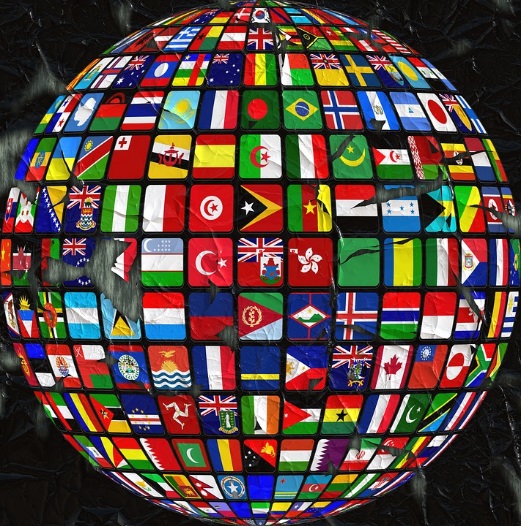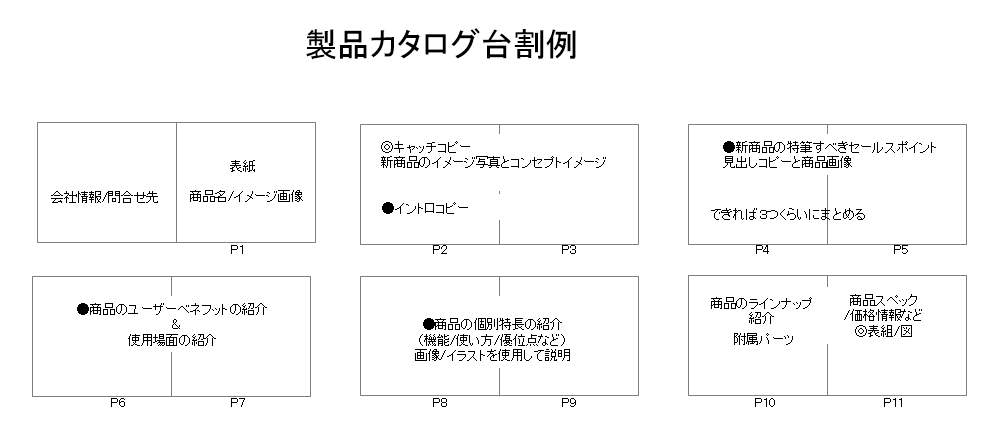Points to ponder when scheduling multilingual production
This is a loosely translated English version of a Japanese article from the CJ Column.
https://citrusjapan.co.jp/column/cj-column/l006_201804.html

In this article, we introduce some notable points about scheduling the production of multilingual brochures and catalogs for use abroad.
Firmly secure enough time to translate
Do you think having a Japanese brochure or manuscript to work from automatically ensures quick and easy multilingual translation? It’s not that simple. There are various approaches to multilingual translation and each requires different scheduling. For example, you can translate directly from Japanese to other languages, or you can translate from Japanese to English first and then translate from English to other languages. The method you choose may depend on the purpose, subject matter and products covered in the material.
Placing languages in the layout takes time
The time required to insert text into the layout for each translated language requires more time than you might think. The designer must carefully take differences in copy length, font uniformity and more into account for every language. It is not simply a matter of pasting the text into the manuscript. So consider these factors in advance when determining the required amount of time.
Final proofing for each language is important
It’s very important to proofread the text after adding each language to the layout. Are the characters positioned correctly? Do the messages in captions match the charts and photos? Each language must be proofread to catch mistakes and this takes time.
In short, producing materials in other languages from Japanese materials requires some time-consuming tasks and these all must be considered when scheduling multilingual production.











